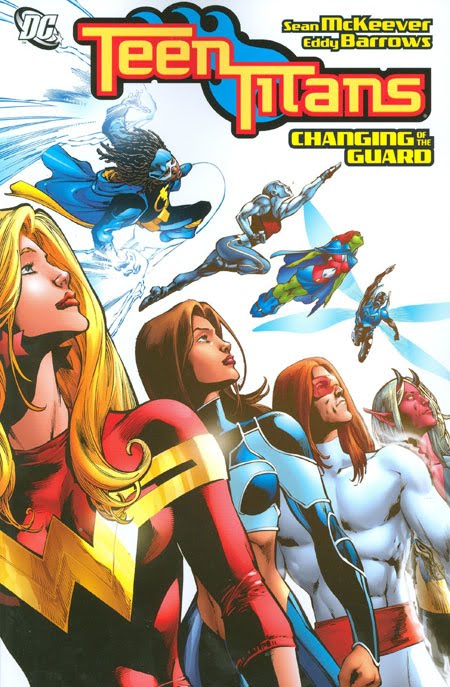In times of difficulty, remember you can always do your part by donating to the Red Cross.

Review: Robin: Search for a Hero trade paperback (DC Comics)
October 19, 2009

Trade Perspectives: How would you collect Blackest Night?
October 15, 2009

Review: Nightwing: The Great Leap trade paperback (DC Comics)
October 12, 2009

Review: Secret Six: Unhinged trade paperback (DC Comics)
October 8, 2009




